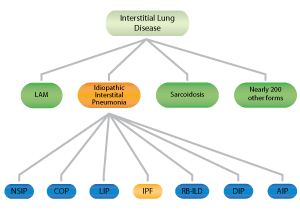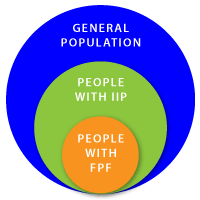Familial Pulmonary Fibrosis: Forms
This information was reviewed and approved by Jeff Swigris, DO, MS (9/1/2015).
 Clinical Trials
Clinical Trials
For more than 100 years, National Jewish Health has been committed to finding new treatments and cures for diseases. Search our clinical trials.


